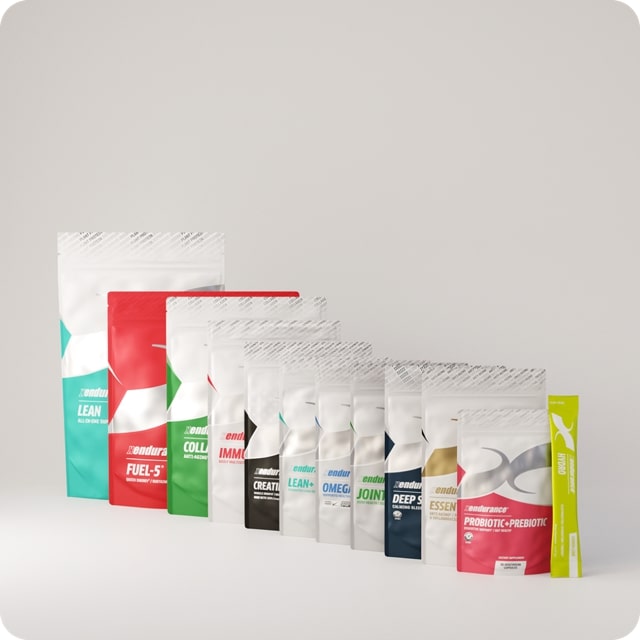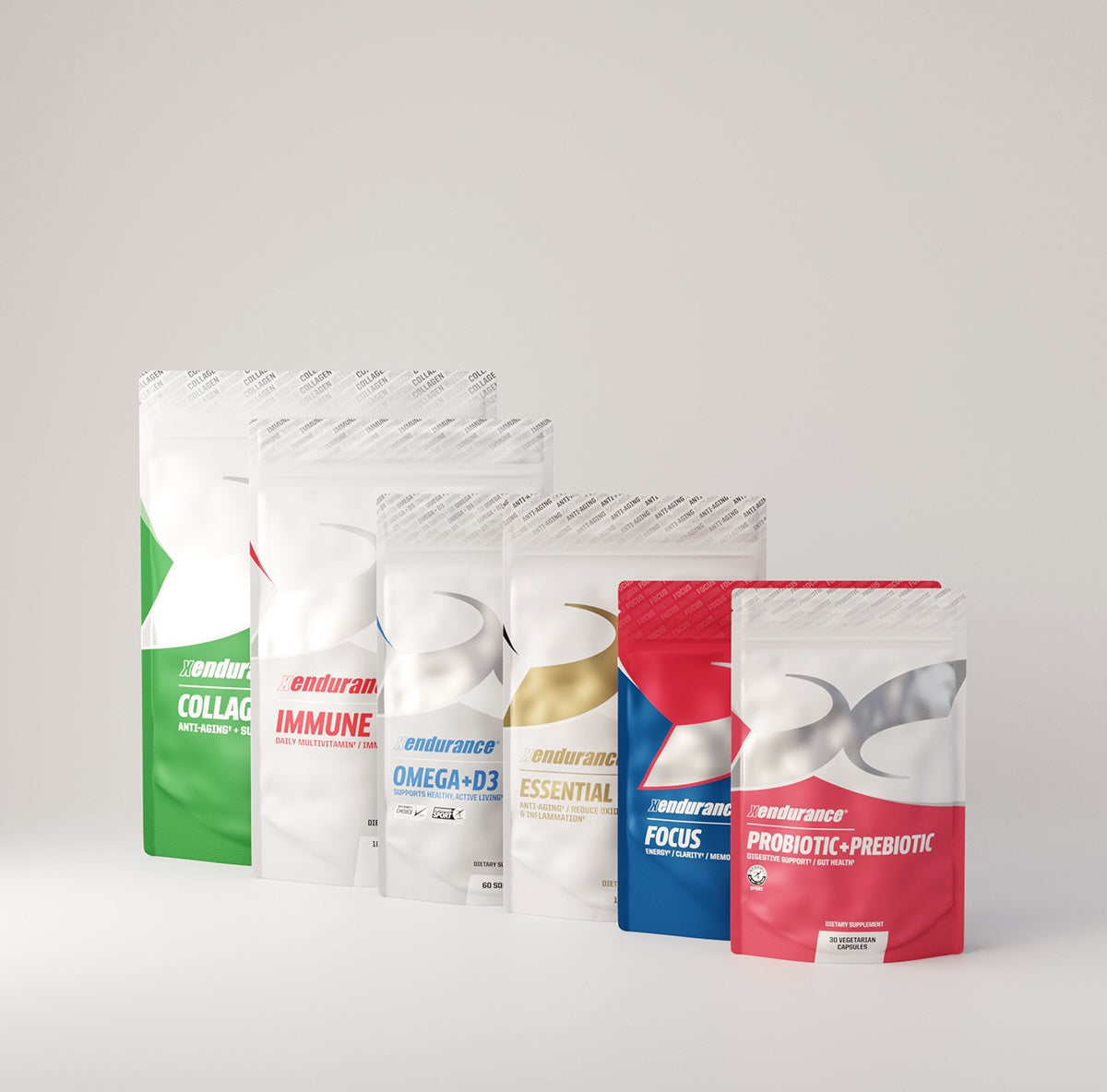A benchmark workout is a standardized workout that is used as a baseline to measure an individual's performance and progress over time. These workouts are often used in fitness communities, various sports, and gyms to assess an individual's fitness level, strength, endurance, and other physical attributes. They are also used to help set goals and motivate individuals to improve their fitness levels in almost every sport.
What Are Examples of Benchmark Workouts?
CrossFit Benchmarks
In CrossFit, for example, there are several benchmark workouts, often referred to as “The Girls,” which include workouts like "Fran," "Helen," “Karen” and "Grace." Each of these workouts has prescribed exercises, rep schemes, and weights, allowing athletes to compare their times and scores with others and with their own previous performances.
- Fran: Consists of a couplet of barbell thrusters and pull-ups for time.
- Helen: Involves running, kettlebell swings, and pull-ups for time.
- Grace: Consists of 30 clean and jerks for time.
- Karen: 150 wall balls for time.

What Are Some Benchmark Workouts for Swimming, Running and Cycling?
When it comes to endurance sports like swimming, running, and cycling, benchmark workouts are essential to test the effectiveness of an endurance product or even a change in diet. Below are some examples of benchmark workouts for each of these sports.
1. Swimming
Benchmark Workout:
- 1500m Time Trial: Swim 1500 meters (or yards) for time. This distance is a standard Olympic triathlon swim distance and is a good indicator of endurance.
Testing Endurance Products:
- Utilize the 1500m Time Trial before starting the endurance product and then go on the product for one week and repeat the Time Trial to measure any changes in endurance, speed, and recovery time.
2. Running
Benchmark Workout:
- 5k Time Trial: Run 5 kilometers as fast as possible. The 5k distance is a common racing distance and provides a solid indicator of both speed and endurance.
Testing Endurance Products:
- Perform a 5k Time Trial prior to taking the endurance product, and then go on the product for one week and repeat the Time Trial while on the product to measure improvements in time, pacing, and recovery.
3. Cycling
- 20-Minute Functional Threshold Power (FTP) Test: After a good warm-up, cycle as hard as possible for 20 minutes. Your average power output during this test can be used to estimate your FTP, which is a measure of your cycling endurance and fitness.
Testing Endurance Products:
- Use the 20-minute FTP test before and during the use of endurance products to observe any changes in power output, endurance, and recovery.
Implementing and Comparing:
-
Before commencing the endurance product, perform each benchmark workout to establish baseline performance data.
-
After a set period of using the endurance product, repeat the same benchmark workouts under similar conditions.
-
Compare the pre and post-supplementation results to assess the effectiveness of the product.
-
Monitor other variables like diet, sleep, and overall well-being as they can also influence performance.
How To Evaluate a Benchmark for Strength & Conditioning
You should choose 3 exercises to do at 80% max and do as many reps as possible, timing yourself. Go on your supplement for one week and do as many reps as you can of these 3 exercises, again, at 80% max while timing yourself.
Ex: bench press to failure at 80% max, then go to squats, and let’s say you squat 200 lbs, do 80% or 160 lb squats to failure, and immediately go to pull-ups and go to failure.
The reps and the timing together is the indicator of your fitness level.
Remember to approach any comparison critically, taking note of any other changes in training, diet, or lifestyle that might also affect performance, and consider consulting with a coach, nutritionist, or trainer for a more comprehensive assessment and advice.
Purpose
The purpose of having benchmark workouts is to have a consistent and standardized way to measure and track performance and progress over time. By repeating the same workout under the same conditions, individuals can see how they are improving, what areas need more focus and development, and how they compare to others in their peer group or fitness community. It’s a way to bring objectivity and comparability to the inherently subjective experience of physical fitness. And don’t forget! For best results get a workout partner so you can push each other to do your very best!
Why is it Important to Do a Benchmark Workout Before Taking a Performance Supplement?
Conducting a benchmark workout before starting any performance supplements is essential for several reasons:
1. Baseline Assessment:
- A benchmark workout provides a baseline level of your performance, allowing you to objectively assess any improvements or changes that occur after beginning a supplement regimen.
- Without a clear baseline, it’s difficult to determine whether the supplement is making a genuine impact on your performance.
2. Goal Setting:
- Knowing your initial performance levels helps in setting realistic and attainable goals.
- It helps in deciding whether a performance supplement is necessary and what specific areas it could benefit.
3. Objective Evaluation:
- Regularly comparing subsequent performances to the benchmark allows you to objectively evaluate the effectiveness of the supplement.
- If there’s a measurable improvement, the supplement may be contributing positively. Conversely, no improvement or a decline would prompt a reevaluation of the supplement and regimen.
4. Safety:
- Benchmarking before starting supplements enables you to monitor any adverse reactions or overtraining symptoms.
- If you experience unusual symptoms or declines in performance, you can consider whether the supplement may be contributing and adjust accordingly.
5. Motivation and Accountability:
- Seeing tangible improvements from the baseline can be motivating.
- It also holds you accountable for maintaining your training and nutritional regimen while adding the supplement.
6. Individual Response:
- Everyone's body responds differently to supplements. Having a baseline helps in understanding your body’s unique response to a particular supplement.
- It can help you decide whether to continue, adjust the dosage, or stop the supplement based on how your body is reacting and adapting.
7. Optimization:
- Knowing how your body performs before taking supplements can help in optimizing the dosages and combinations of supplements.
- It aids in fine-tuning your supplementation strategy to achieve the best results.
8. Cost-Effectiveness:
- Supplements can be expensive. Having clear benchmark data can help you determine whether the investment in a supplement is yielding a worthwhile return in improved performance.
9. Scientific Approach:
- Employing benchmark workouts aligns with the scientific method, offering a more systematic, rigorous, and empirical approach to gauge the effectiveness of performance supplements.
Summing Up: Incorporate Benchmark Workouts to Navigate Your Fitness Journey with Precision and Purpose.
If you are in a competitive sport you may be intrigued to perform a benchmark workout when altering your diet or incorporating a performance supplement because it unveils the veil of ambiguity surrounding physiological adaptations. In the pursuit of top performance, every tiny detail, including seconds saved and quick recovery, really matters and can mean the difference between winning and losing. Understanding how diet and supplements affect your body is crucial—it’s not just about gaining a competitive edge; it’s about finding the best version of yourself. Benchmark workouts serve as a helpful tool in this process, revealing areas of potential and opportunity, making this journey both personal and intriguing.









コメントを書く
このサイトはhCaptchaによって保護されており、hCaptchaプライバシーポリシーおよび利用規約が適用されます。